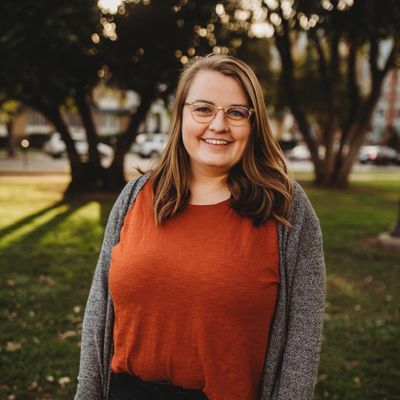Some people dig for gold, others for artifacts. But the true archaeologist digs for knowledge.
 Dan, our area supervisor, has been living in Israel for years, now, having earned his PhD from Haifa University. I’ve enjoyed learning from him, and the way he approaches our work.
Dan, our area supervisor, has been living in Israel for years, now, having earned his PhD from Haifa University. I’ve enjoyed learning from him, and the way he approaches our work.
The excavation site is organized around several areas, each with a letter designation. Some areas, designated with double letters, are being re-excavated from an earlier time—the late sixties, early seventies, to be exact, by a well-known Israeli archaeologist, Moshe Dothan. Both of the current co-directors for the Tel Akko Excavation were mentored by professor Dothan and his wife, Trude.
However, area Z, the part of the excavation Dan supervises, is new. And, it is complicated.
The Dothans specialized in the transition from the Chalcolithic to the Bronze Age, and their excavation centered primarily on learning more of this time period in Akko. Now, Anne Killebrew, PhD and Michal Artzy, PhD are searching for a broader understanding of all the layers the Tel has to divulge. Their survey of the mound, and their re-visitation of the earlier dig, have already revealed a greater appreciation for the mosaic of cultures represented in Akko, from the Phoenician, to Persian, to Hellenistic, to Crusader, to Ottomon, and finally, to the current day.
And, all of that rich texture is displayed in Dan’s area, where I’ve been digging since the first week.
“I want to see the foundation layer for this installation,” he told me recently, as he was assigning all of us our projects for the day. “I think this is a Crusader installation, and I think they cut through this Persian wall,” he continued, as he pointed to three ashlar stones, laid side by side, with a clear line of them running diagonally to the installation in question.
As he spoke, I could see exactly what he was talking about. Dan has made a deep study of all the diagonals, ashlar formations, pottery layers, and cobble stones that seem to make up a crazy patchwork quilt of our squares.
 I’ve watched Dan study our area every morning, and tell us the questions he’s asking. He’s keeping each of these layers of time organized in his mind, as he traces who built what, what they did with their detritus, where they chose to sink pits, or take stones, or hide things. As each of us are given our locus to brush back the dirt, and discover what’s been hidden, Dan is piecing together all the clues and data into an evolving narrative.
I’ve watched Dan study our area every morning, and tell us the questions he’s asking. He’s keeping each of these layers of time organized in his mind, as he traces who built what, what they did with their detritus, where they chose to sink pits, or take stones, or hide things. As each of us are given our locus to brush back the dirt, and discover what’s been hidden, Dan is piecing together all the clues and data into an evolving narrative.
If you ask the wrong questions, chances are, you’re going to get the wrong answers. I’ve watched Dan, time and again, ask good questions that prompt the area to respond with information-rich answers. As soon as I hear him say, “I think we’re going to find…” I’m just about certain we are definitely going to find something. It may not be exactly what he thought, but he is asking the right kind of questions that deliver good answers.
Case in point: we have very interesting activity happening in one of the square’s loci. Our whole area shows evidence of a Phoenician presence (female figurine heads and horse heads), Persian construction (ashlar stones), Crusader intrusion (cuts through ancient—even to them—walls), and modern-day trenches from the warfare this area experienced in the late 1940’s. A few days ago, as Dan was zeroing in on where a trench may intersect with an ancient floor, someone called out, “There’s a bullet!” Five feet down, we really thought we’d gotten past the present, and deep into the past. Nope. That’s area Z!
 This morning I asked Dan to tell me a little more about the new locus I’ll be working in these last couple days of the dig. See if you can see what he saw:
This morning I asked Dan to tell me a little more about the new locus I’ll be working in these last couple days of the dig. See if you can see what he saw:
 The diagonal line of pottery sherds
The diagonal line of pottery sherds
 The floor formation of cobble stones
The floor formation of cobble stones
 Stones that are probably part of a wall, still to be fully uncovered.
Stones that are probably part of a wall, still to be fully uncovered.
 Archaeology is really sleuthing and science all rolled into one. I’m keeping my eye on this young PhD. I feel sure he’ll be publishing more as he applies his art of inquiry in the yet undug world of antiquity.
Archaeology is really sleuthing and science all rolled into one. I’m keeping my eye on this young PhD. I feel sure he’ll be publishing more as he applies his art of inquiry in the yet undug world of antiquity.
